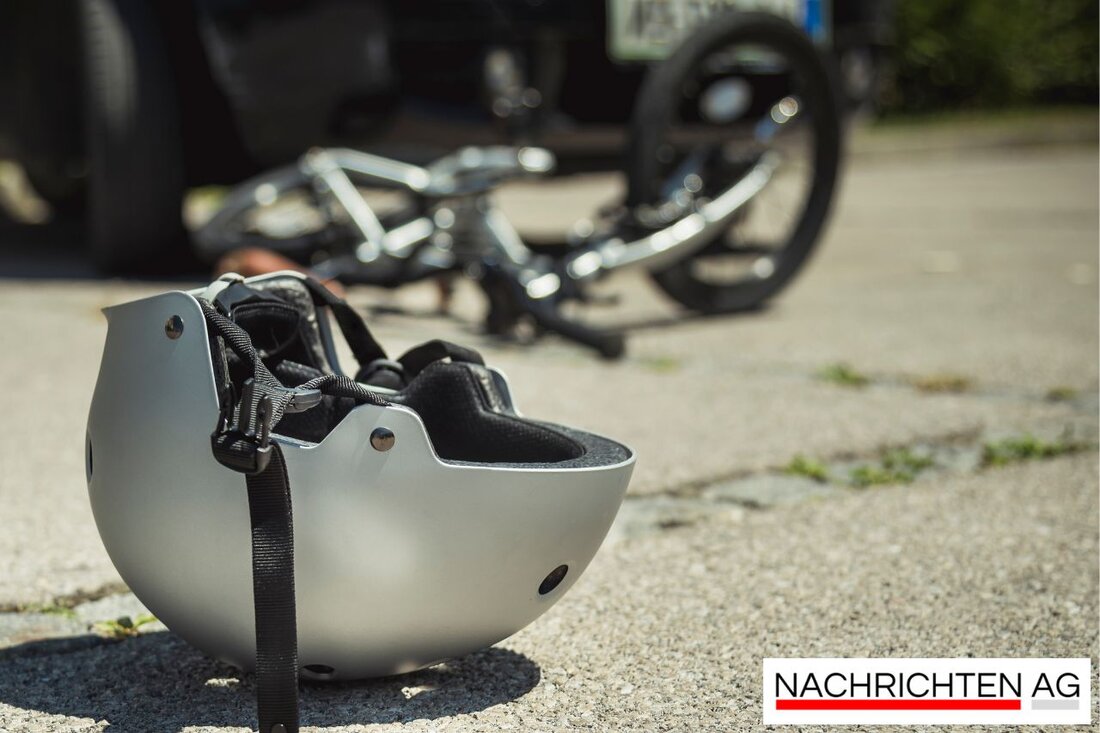Renovation of Saarlandstrasse: Conversion for a better quality of life in Hamburg-Nord!
Hamburg-Nord will start the renovation of Saarlandstrasse on June 30, 2025 by 2027. Goal: accessibility and ecological improvement.

Renovation of Saarlandstrasse: Conversion for a better quality of life in Hamburg-Nord!
Preparations for the comprehensive renovation of Saarlandstrasse in Hamburg-Nord are in full swing. Construction work will begin on June 30, 2025 and will last until autumn 2027. In total, the road will be modernized over a length of around 1.2 kilometers with the aim of creating a barrier-free and ecologically improved traffic axis. The State Office for Roads, Bridges and Waterways (LSBG) and the Hamburg Energy Networks (HNE) are coordinating the project, which has a budget of around 8.45 million euros. It is particularly important that the construction site remains accessible to one lane during the work and that both pedestrians and cyclists can be safely guided through nachrichten-heute.net reported.
The condition of Saarlandstrasse has caused problems in the past. Therefore, a comprehensive basic repair is now being carried out. The measures include the construction of four new lanes over approximately 4.8 kilometers of road as well as improved traffic light switching and optimized intersection areas to increase traffic flow. The work will be carried out in close coordination with the Monument Protection Office in order to respect the historical character of the adjacent city park landscape, which was designed by Fritz Schumacher.
Ecological improvement and traffic safety
A central goal of the renovation measures is the ecological improvement of the area. The proportion of sealed surfaces is reduced by using water-permeable materials. The unsealed area will be increased from 21% to 26% and the proportion of green space will be increased by around 1,000 square meters. As part of these renovations, seven trees will be removed, but 13 new trees will be planted, further improving the greening balance.
In addition, there is the decision to make the Stadthallenbrücke exclusively accessible to pedestrians and cyclists in the future. This is also accompanied by the elimination of the traffic lights at the junction with the Südring, which is intended to create a green axis between the city park and Saarlandstrasse. Cycle route 12 will also be upgraded by creating wider cycle paths and a cycle route in the southern section. A direct, barrier-free connection to the Saarlandstrasse subway station will further improve transport connections, ensuring safe access here too.
A step into the future
Mobility is also considered in the context of the latest initiatives by the Federal Ministry for Digital and Transport. These emphasize the importance of new mobility concepts and alternative means of transport in order to reduce motorized individual transport and promote the use of more environmentally friendly means of transport. Implementing such measures helps support the mobility transition in cities where public space is intended for people and not just cars. Overall, with this renovation, those responsible are meeting the challenges of the future and creating well thought-out solutions for the mobility of tomorrow, like this Federal Ministry for Digital and Transport turns out.
The coming years on Saarlandstrasse promise to bring with them a wealth of changes that will not only be beneficial for the traffic situation, but will also sustainably improve the quality of stay and the urban image. It will be exciting to see how the district will develop as a result of these measures.

 Suche
Suche
 Mein Konto
Mein Konto